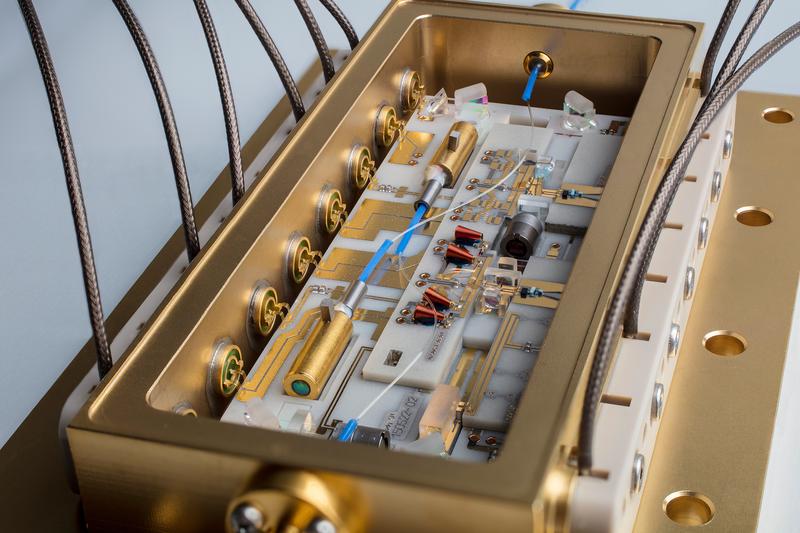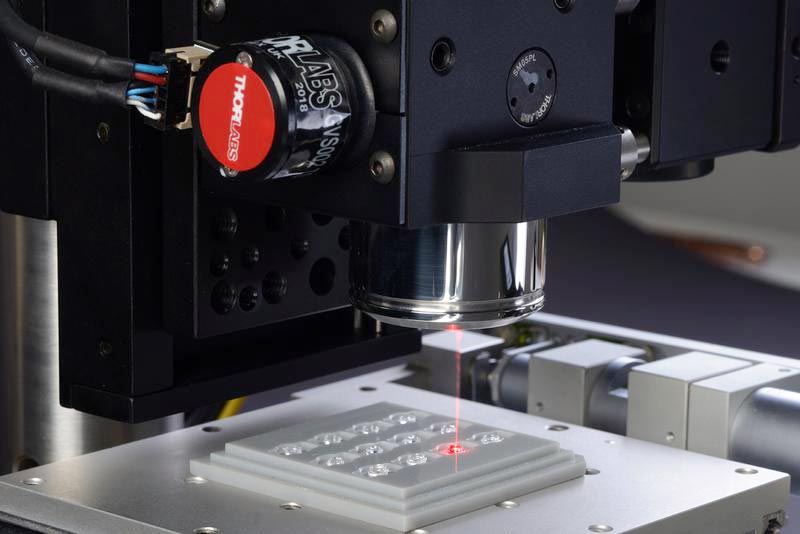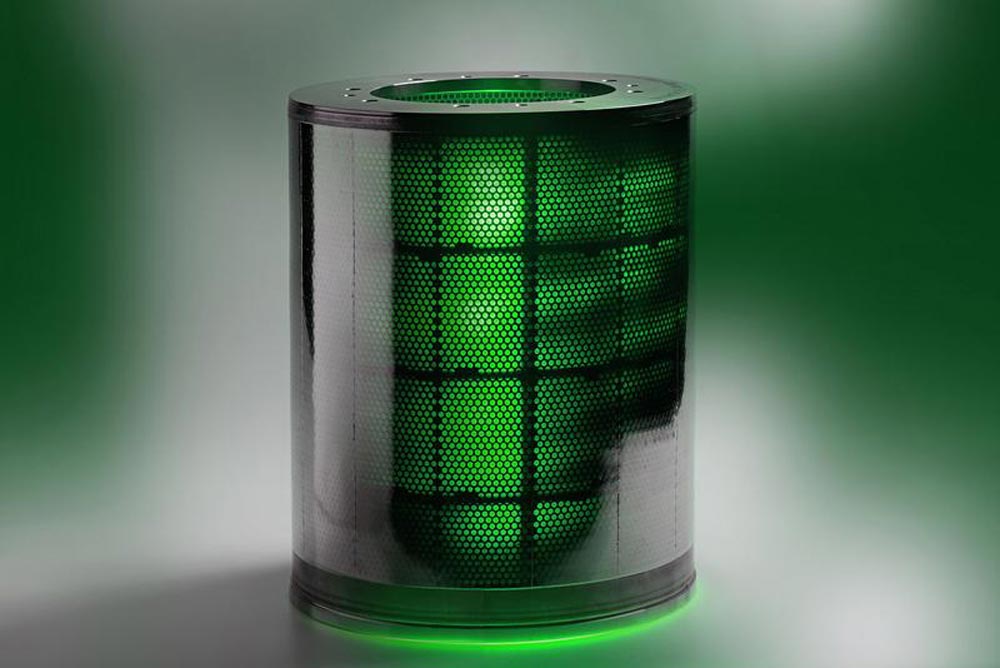

Inkjet process to print flexible touchscreens cost-efficiently.
Copyright: INM
How to produce suitable coatings for those cost-efficiently will be demonstrated by INM – Leibniz-Institute for New Materials at stand B46 in hall 2 at this year's Hannover Messe as part of the leading trade fair for R & D and Technology Transfer which takes place from 25th to 29th April.
The INM will be presenting flexible touch screens, which are printed on thin plastic foils with recently developed nanoparticle inks, using transparent, conductive oxides (TCOs). These inks are suitable for a one-step printing process.
Thus transparent lines and patterns are obtained by inkjet printing or alternatively by direct gravure printing, which are electrically conductive even after bending. Thus, a one-step-printing process for cost-efficient TCO structures is enabled.
Conductive coatings with TCOs are usually applied by means of high vacuum techniques such as sputtering. For patterning of the TCO coatings additional cost-intensive process steps are necessary, for example photolithography and etching.
“We use the TCOs to produce nanoparticles with special properties,” explains Peter William de Oliveira, Head of the Optical Materials Program Division. “The TCO ink is then created by adding a solvent and a special binder to these TCO particles. The binder performs several tasks here: it not only makes the TCO nanoparticles adhere well on the substrate; it also increases the flexibility of the TCO coating: in this way, the conductivity is maintained even when the films are bent”.
The ink can be applied to the film directly by inkjet or gravure printing. After curing under UV light at low temperatures less than 130 degrees centigrade, the coating is completed.
The transparent, electronically conductive inks allow conductor tracks to be produced unproblematically even on a large scale by means of classic reel-to-reel processes. Initial trials at INM have been promising. The researchers all agree that the use of structured rollers will in the future allow large, structured conductive surfaces to be printed with a high throughput at low cost.
Your contact at the Booth:
Dr. Michael Opsölder
Jana Staudt
Your expert at INM:
Dr. Peter William de Oliveira
INM – Leibniz Institute for New Materials
Head Optical Materials
Head InnovationCenter INM
Phone: +49681-9300-148
OptiMat@leibniz-inm.de
INM conducts research and development to create new materials – for today, tomorrow and beyond. Chemists, physicists, biologists, materials scientists and engineers team up to focus on these essential questions: Which material properties are new, how can they be investigated and how can they be tailored for industrial applications in the future? Four research thrusts determine the current developments at INM: New materials for energy application, new concepts for medical surfaces, new surface materials for tribological applications and nano safety and nano bio. Research at INM is performed in three fields: Nanocomposite Technology, Interface Materials, and Bio Interfaces.
INM – Leibniz Institute for New Materials, situated in Saarbruecken, is an internationally leading centre for materials research. It is an institute of the Leibniz Association and has about 220 employees.
http://www.leibniz-inm.de/en
http://www.leibniz-gemeinschaft.de/en












